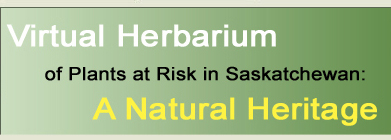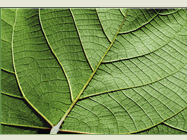
|

|

|

|

|

|

|
|
|
|
|
|
| Dichanthelium xanthophysum (Gray) Freckmann | Species Image Gallery (opens in a new window) |
||||||||||||||||||||||||||
| TAXONOMY | |||||||||||||||||||||||||||
| Family: | Anacardiaceae | ||||||||||||||||||||||||||
| Genus: | Dichanthelium | ||||||||||||||||||||||||||
| Species Synonyms: | Panicum xanthophysum Gray | ||||||||||||||||||||||||||
| Common Names: | slender rosettegrass yellow-green panicgrass |
||||||||||||||||||||||||||
| DISTRIBUTION | |||||||||||||||||||||||||||
| Canada: | eastern Saskatchewan – Manitoba – Ontario – Quebec – New Brunswick | ||||||||||||||||||||||||||
| Saskatchewan: | eastern Saskatchewan | ||||||||||||||||||||||||||
| Ecoregion: | Aspen Parkland, Boreal Transition, Mid-Boreal Lowland, Mid-Boreal Upland | ||||||||||||||||||||||||||
| HABITAT | |||||||||||||||||||||||||||
| Saskatchewan: | sand barrens on dry prairie slopes and hilltops and in open, sandy pine woods | ||||||||||||||||||||||||||
| Associated Species: | dry prairies | ||||||||||||||||||||||||||
| RARITY STATUS | |||||||||||||||||||||||||||
| Provincial
Status According to Harms (2003): |
Endangered |
||||||||||||||||||||||||||
| Nature Conservancy Status: | G5 S2 |
||||||||||||||||||||||||||
| Saskatchewan
Species at Risk Status: |
None |
||||||||||||||||||||||||||
| COSEWIC Status: | None |
||||||||||||||||||||||||||
| Slender rosettegrass is endangered because of rarity in Saskatchewan. It is highly regionally restricted and possible threats have been identified for this species. | |||||||||||||||||||||||||||
| SPECIES DESCRIPTION | |||||||||||||||||||||||||||
| Height: | 20 – 55 cm | ||||||||||||||||||||||||||
| Roots: | rhizomes knotty, to 2 mm thick | ||||||||||||||||||||||||||
| Stems: | loosely tufted, nodes hairless or sparsely hairy, internodes all elongated | ||||||||||||||||||||||||||
| Leaves: | basal rosettes poorly differentiated, grading into stem leaves; stem leaves 2 – 4, 7 – 15 cm long, 7 – 20 mm wide, base tapered or rounded or square, yellowish to bluish-green, hairless or nearly so, prominent veins 7 – 11; sheaths overlapping on upper portion of plant, sparsely to densely hairy; ligule membranous, 0.3 – 0.5 mm long | ||||||||||||||||||||||||||
| Inflorescence: | branched, 7 – 15 cm long, 1 – 5 cm wide, narrowly cylindrical | ||||||||||||||||||||||||||
| Spikelets: | 9 – 50, 2.5 – 6 mm long, strongly ascending, slightly hairy to nearly hairless; lower florets male; upper florets pointed | ||||||||||||||||||||||||||
| Florets: | lower glumes 1 – 2 mm long, narrowly triangular | ||||||||||||||||||||||||||
| Fruits: | grain | ||||||||||||||||||||||||||
| Other: | autumn phase with a few suberect branches from lower nodes, panicles slightly exserted | ||||||||||||||||||||||||||
| |||||||||||||||||||||||||||